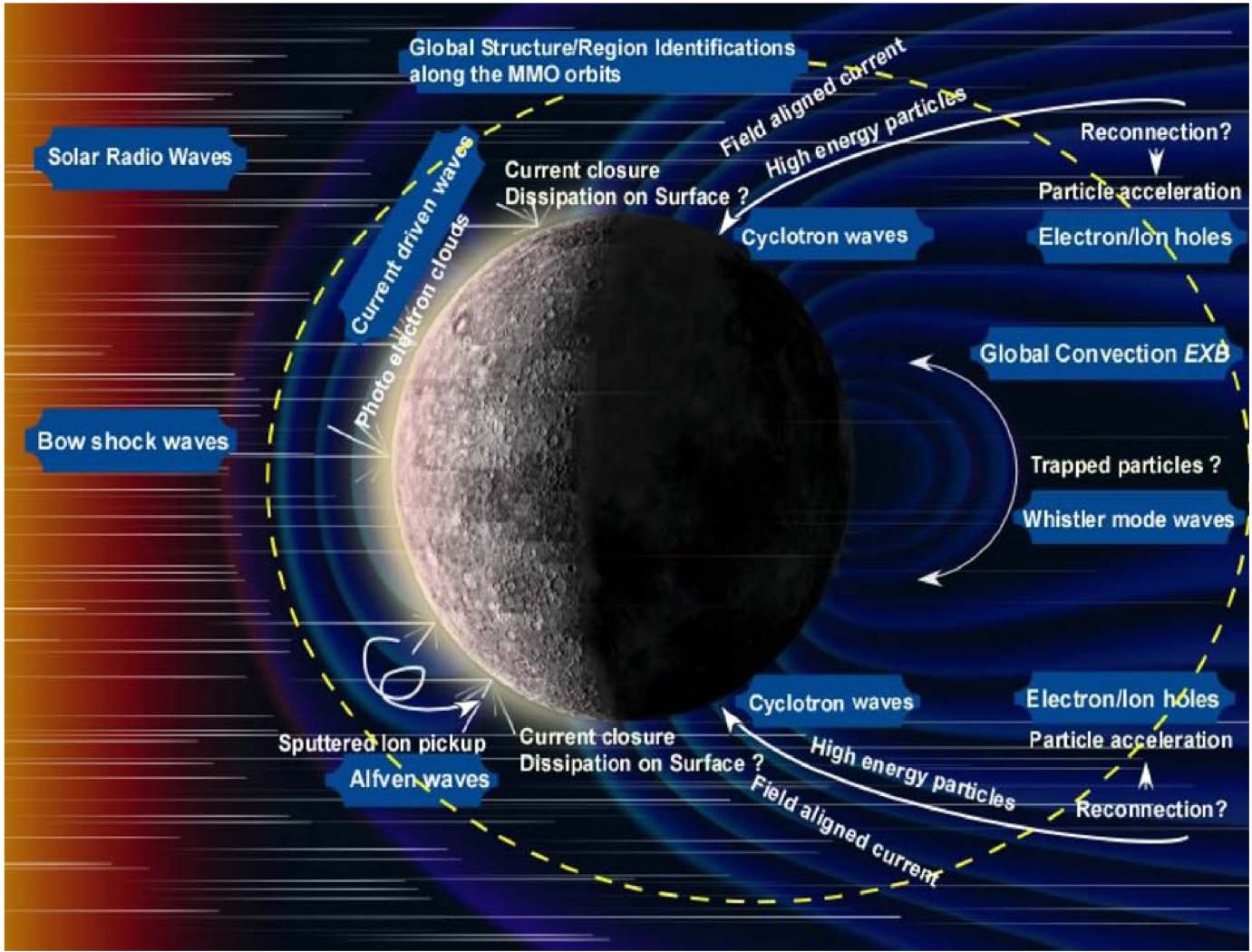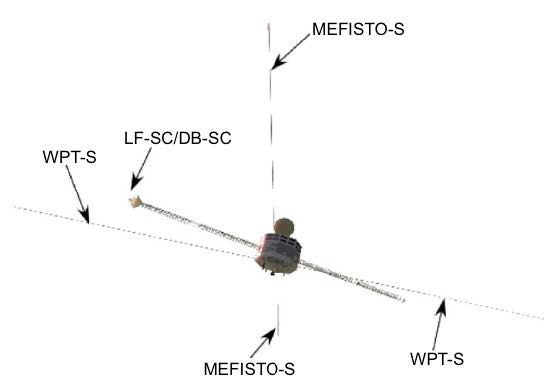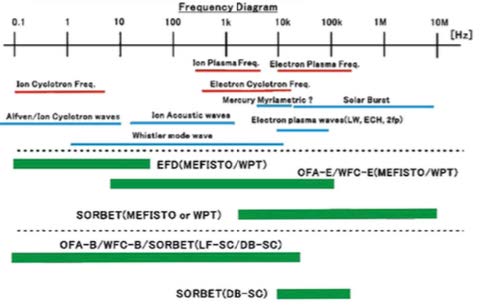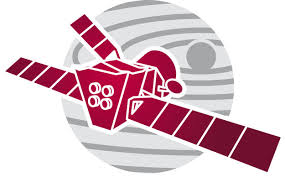PWI - BepiColombo
PWI
plasma wave investigation
The Plasma Wave Investigation (PWI) consists of two sets of electric field sensors (MEFISTO and WPT) and two kinds of magnetic field sensors (LF-SC and DB-SC), which are connected to three receivers (EWO, SORBET and AM2P). The PWI will observe both waveforms and frequency spectra in the frequency range from DC to 10 MHz for the electric field and from 0.1 Hz to 640 kHz for the magnetic field.
Science goals

- Identification of regions and boundaries
- Global convection
- Global profile of density and temperature
- Current closure/dissipation at low altitude
- Plasma wave propagation
- Solar wind-magnetosphere coupling
- Response to solar wind
- Magnetosphere-exosphere coupling
- Search for transient radiation belts in the hectometre radio range
- Nature of Hermean substorms
- Reconnection
- Identification of auroral processes
- Non-linear kinetic processes
- Non-gyrotropic effects
- Physics of foreshock
- Space weather observation
- Stereoscopic observation
- Interplanetary shocks
- Dust impact measurements (detected by the electric field changes, where the amplitude is related to the mass of the particle, and MDM)
Measurement Principle
MEFISTO (Mercury Electric Field In-Situ Tool) and WPT (Wire-Probe anTenna) are the antennas illustrated below, which extend either side of the spacecraft to a total length of 32m each, allowing a two-dimension view of the electric field.
LF-SC (Low-Frequency Search Coils) and DB-SC (Dual-Band Search Coil) are magnetic field sensors, also illustrated below on the end of the mast labelled MAST-SC. LF-SC has two coils in two orientations, which observe magnetic waves in the frequency range 0.1 Hz to 20 kHz. DB-SC has two coils that are both in the third orientation – one detects low frequency fluctuations (0.1 Hz to 20 kHz) and the other detects high frequency fluctuations (10kHz up to 640 kHz).
These four sensors feed into three separate receivers: Spectroscopie Ondes Radio and Bruit Electrostatique Thermique (SORBET, which means "spectroscopy of radio waves and thermal electrostatic noise"); Active Measurement of Mercury's Plasma (AM2P); and EWO, which consists of three further parts: Electric Field Detector (EFD), WaveForm Capture (WFC) and Onboard Frequency Analyser (OFA).


- Removed a total of (9) style text-align:center;








































 Sign in
Sign in
 Science & Technology
Science & Technology

